For BMS, BUS, Industrial, Instrumentation Cable.
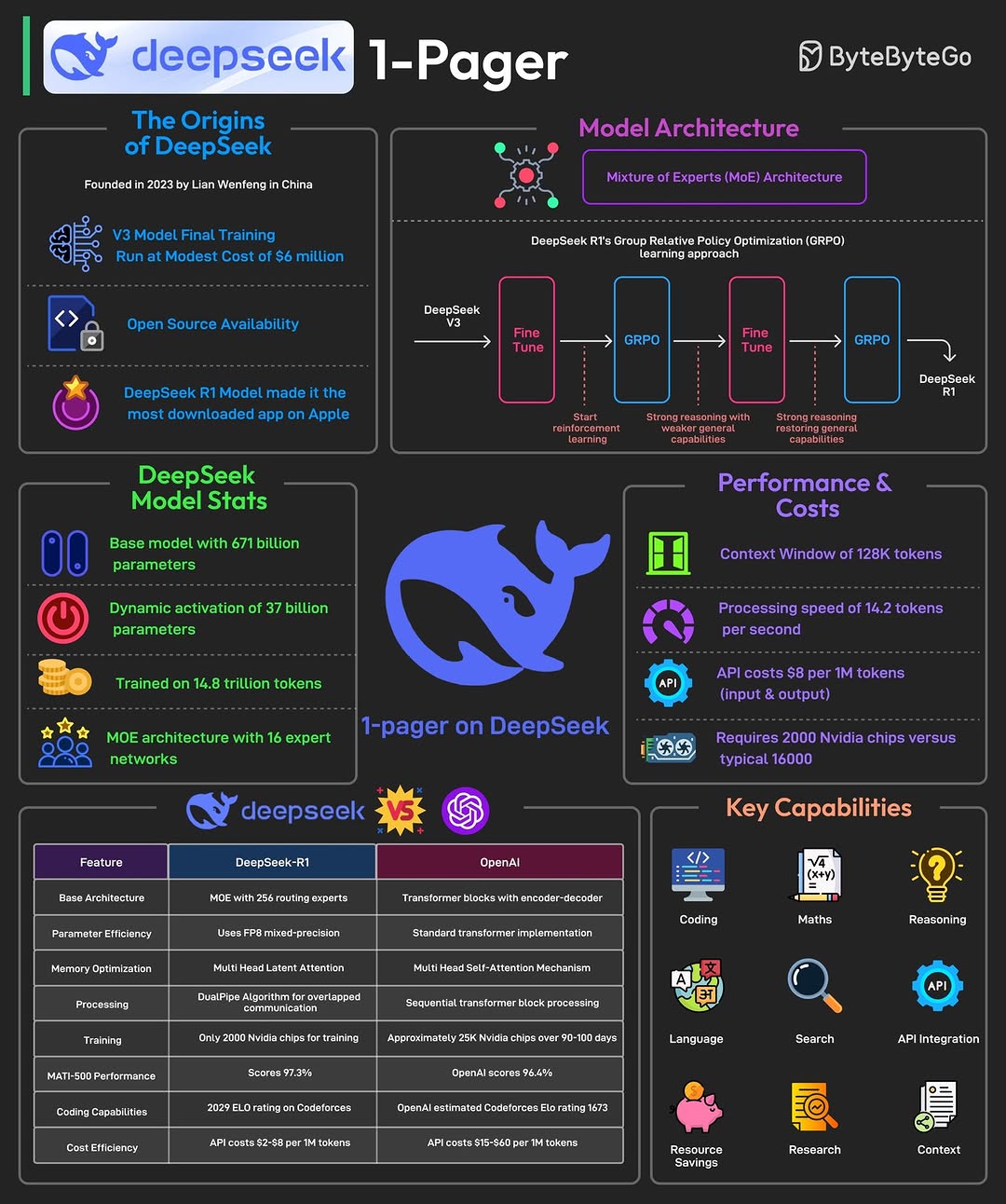
Predictive Maintenance of Equipment
Technical Implementation
Relevant Case
Schneider Electric deployed this solution on mining machinery, reducing false positive rates by 63% and maintenance costs by 41%.
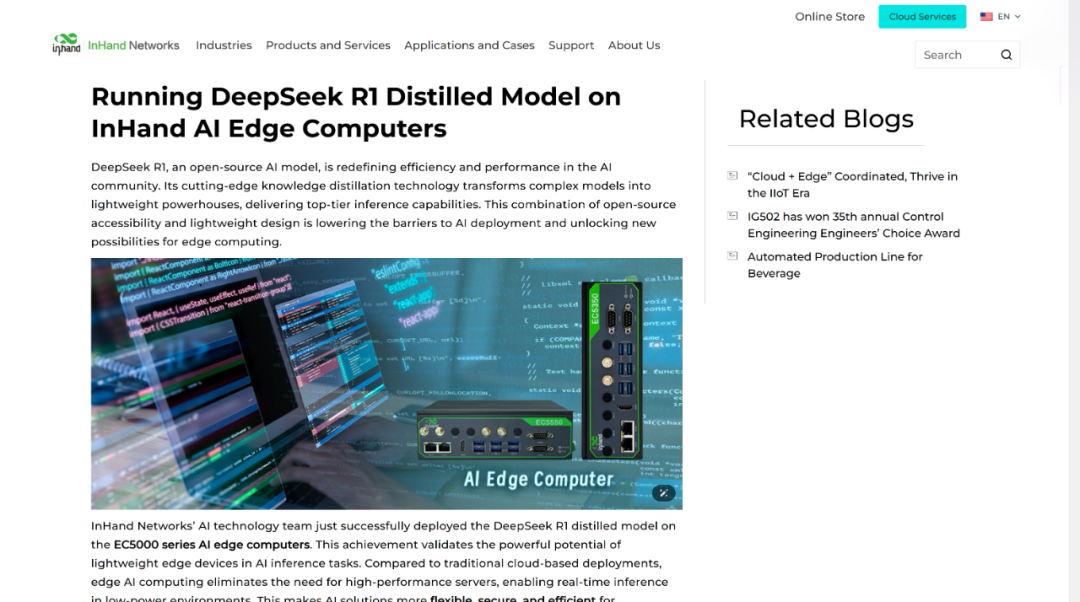
Running DeepSeek R1 Distilled Model on InHand AI Edge Computers
Enhanced Visual Inspection
Output Architecture
Performance Metrics
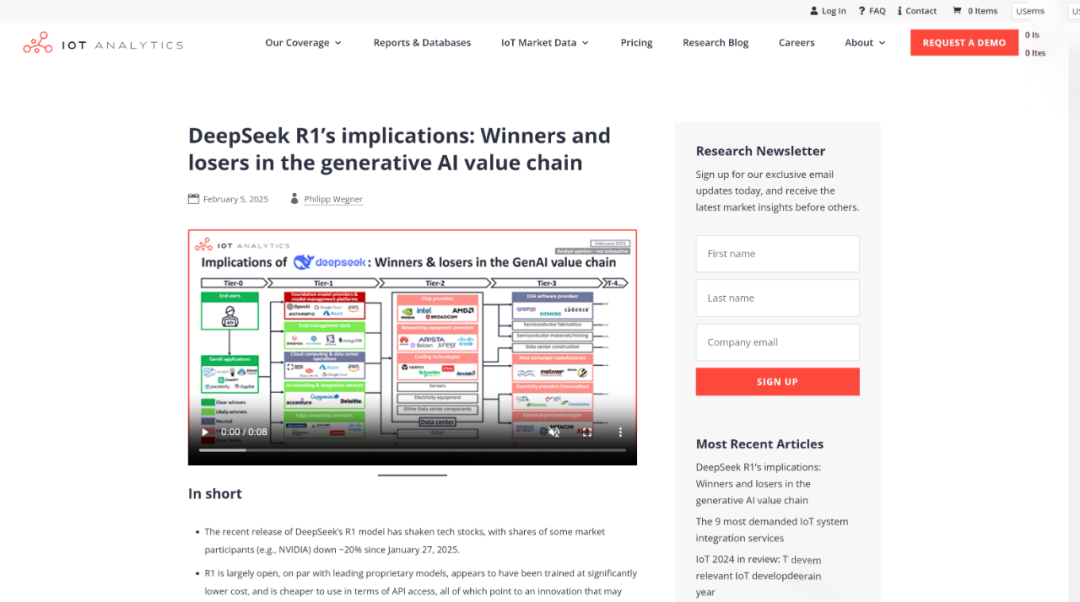
DeepSeek R1’s implications: Winners and losers in the generative AI value chain
Process Flow Optimization
Key Technologies
Implementation Effect
BASF’s chemical plant adopted this scheme, achieving a 17% reduction in energy consumption and a 9% increase in product quality rate.
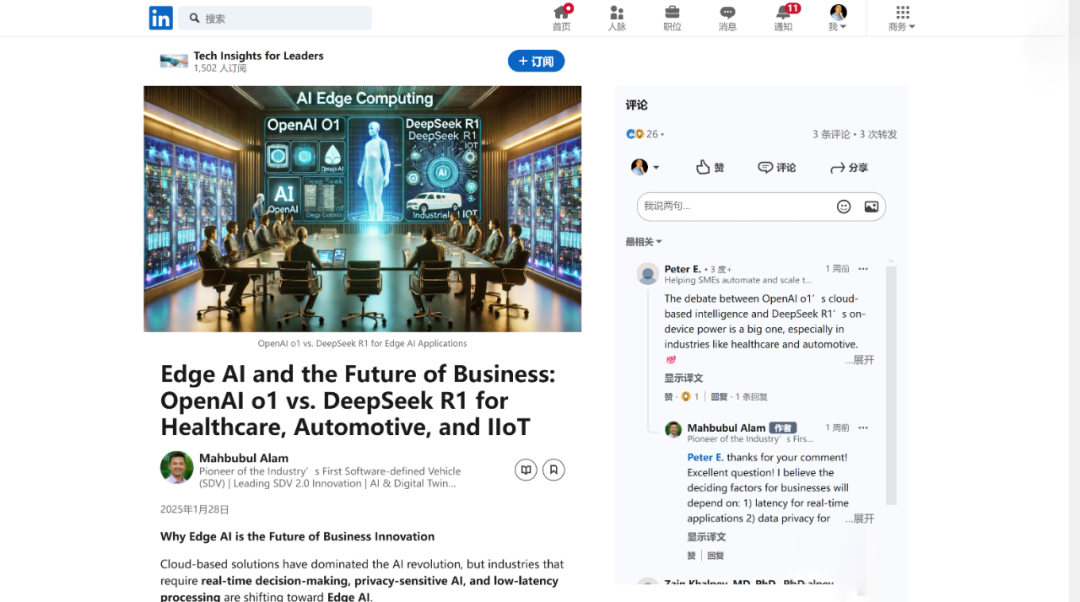
Edge AI and the Future of Business: OpenAI o1 vs. DeepSeek R1 for Healthcare, Automotive, and IIoT
Instant Retrieval of Knowledge Base
Architecture Design
Typical Case
Siemens engineers resolved inverter failures through natural language queries, reducing average processing time by 58%.
Deployment Challenges and Solutions
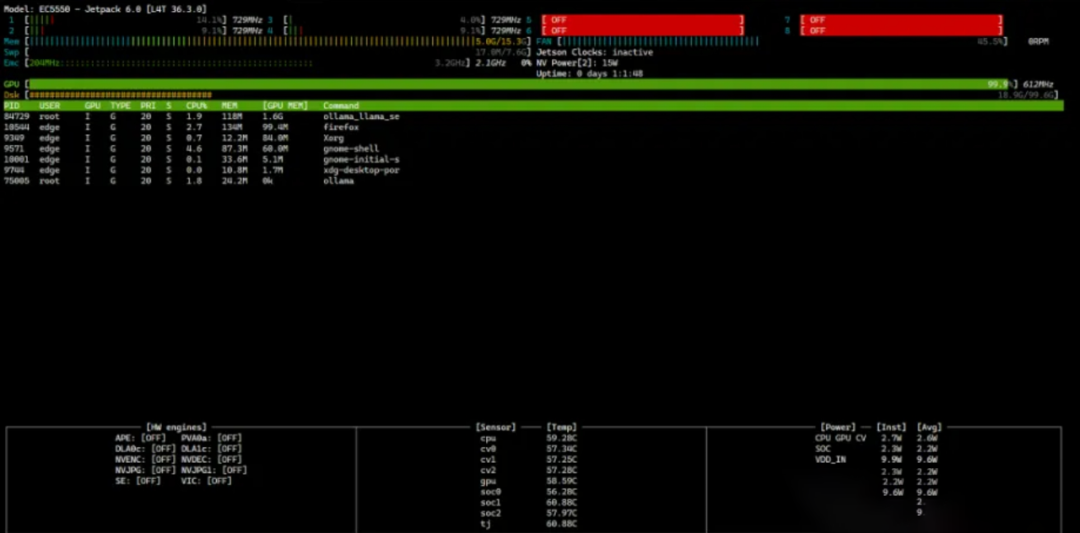

Conclusion
Current deployment costs have now decreased to $599/node (Jetson Orin NX), with scalable applications forming in sectors such as 3C manufacturing, automotive assembly, and energy chemistry. Continuous optimization of the MoE architecture and quantization technology is expected to enable the 70B model to run on edge devices by the end of 2025.
Control Cables
Structured Cabling System
Network&Data, Fiber-Optic Cable, Patch Cord, Modules, Faceplate
Apr.16th-18th, 2024 Middle-East-Energy in Dubai
Apr.16th-18th, 2024 Securika in Moscow
May.9th, 2024 NEW PRODUCTS & TECHNOLOGIES LAUNCH EVENT in Shanghai
Oct.22nd-25th, 2024 SECURITY CHINA in Beijing
Nov.19-20, 2024 CONNECTED WORLD KSA
Post time: Feb-07-2025
